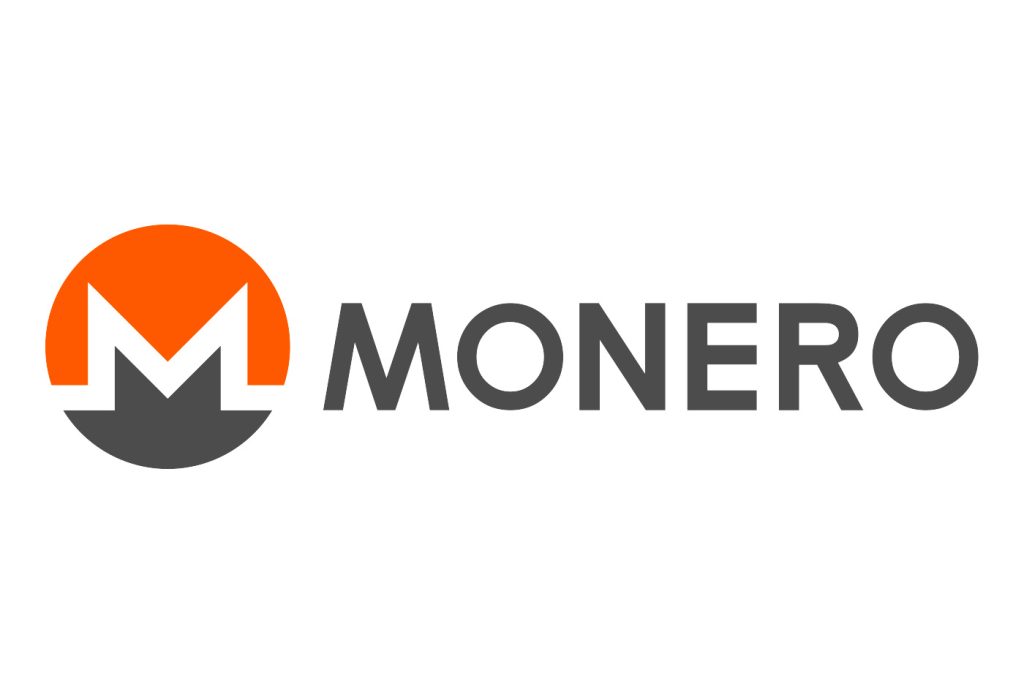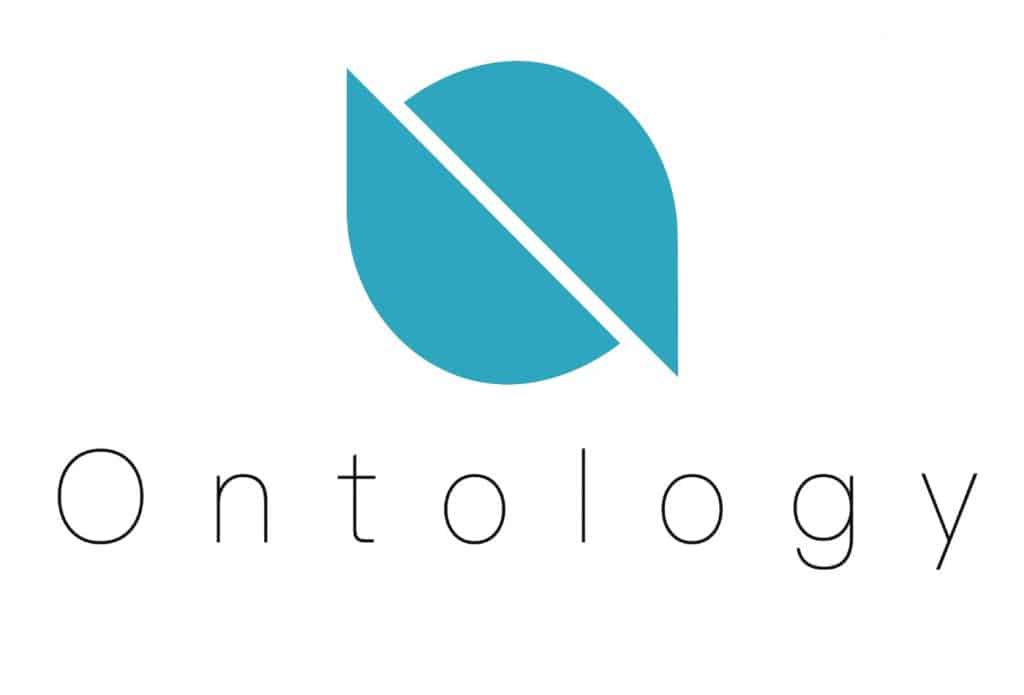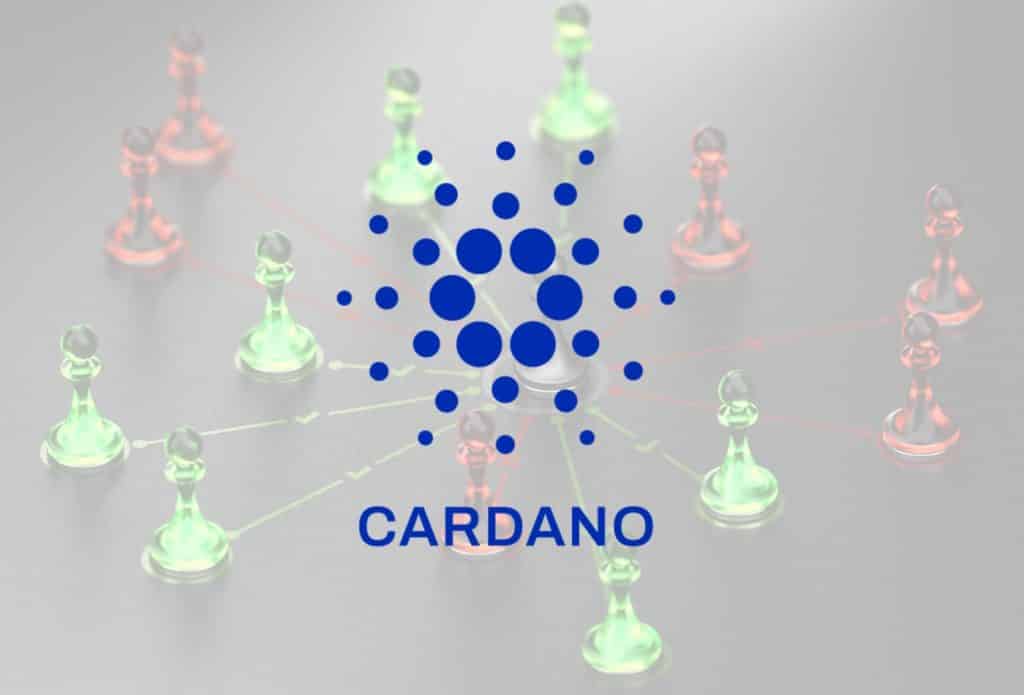This article was last updated on June 10, 2022
One of the main reasons why cryptocurrencies are so popular is not only because of the potential profit one can have on their investment but also because of the privacy they ensure. If you are a crypto enthusiast, you’ve most likely heard of Monero. It is currently a leader in the privacy-ensuring sector of the crypto market. This is also the reason why many are owners or are looking to buy Monero even today.
Monero’s protocol allows it to make transaction details anonymous, thus, untraceable. This is the complete opposite of Bitcoin, for example, as all transactions made with BTC are public. And although they can hardly be traced back to a user, if someone knows you and your crypto wallet’s address, you can easily be tracked.
Another strong point for Monero is that its tokens are fungible unlike Bitcoin’s. For example, a Bitcoin token is unique, meaning it can be traced. However, in Monero’s case, each token is absolutely the same as the rest, meaning they can be substituted for each other with no consequences. This further ensures the anonymity of participants and owners.
This makes Monero one of those completely unique networks, offering something brand new, similar to Polkadot.
These are only a few reasons why you might want to look in the direction of Monero. As privacy is becoming more and more of an issue, Monero is here to save the day.
In this article, we will be covering all the fundamentals you need to know about the network, before deciding whether or not you should invest. This includes explaining how Monero works, what is XMR’s utility, the history of the network, price analysis, competitors, and of course, a guide on how to buy Monero.
How To Buy Monero (XMR) – Summary
If you want to become an owner of Monero (XMR), follow these simple steps:
- Choose a crypto exchange (CEX) platform that has XMR listed.
- Register an account with the CEX.
- Add funds to your account’s balance.
- Buy Monero (XMR).
- (Optional) Transfer Monero (XMR) to an external crypto wallet.
For a more detailed guide, please look at the bottom of this article.
Contents
What is Monero
Monero is an open-source, privacy-oriented, proof-of-work cryptocurrency, which uses an opaque blockchain. This makes all transaction details such as sender, receiver, amount, etc. anonymous by disguising addresses. Monero is the most well-known cryptocurrency that aims to provide privacy and anonymity, which is also the reason why it never leaves the market’s top 50. Additionally, it is arguably the most decentralized platform out there.
The platform manages to achieve the concepts it is claiming to tackle, by mainly using two tools – ring signatures & stealth addresses.
Furthermore, the non-traceable transaction history the network implements offer participants significantly increased security and safety. Alongside that, the fungible XMR tokens mean that they cannot be blacklisted or blocked in any way, shape, or form.
Ring Signatures
Rings signatures are the first tool, working in tandem with stealth addresses, that ensures the privacy of Monero’s users.
They allow token senders to mask their identity away from other participants in a group, where transactions happen. You can consider the ring signatures as a completely anonymous virtual signature between members of the group, while they do not reveal the identity, nor which member signed the transaction contract. Each of these ring signatures is completely unique because, in order to generate one, the platform uses a combination of the sender’s keys and public keys.
In terms of security, it is quite safe, because not even the most advanced computation can figure out which member of a group produces the signature. This covers most of the basics of ring signatures.
Stealth Addresses
These are randomly generated addresses that are used only once upon the creation of a transaction. This happens on the behalf of the recipient, adding an additional layer of privacy to the network’s users. As you can probably guess, the reason why they are called “stealth addresses” is that they enable the concealing of the address of a transaction, hiding the receiver’s wallet and their identity.
Brief History
The Monero network came to fruition back in 2014, first being mentioned on the Bitcointalk forum. The one who made the post about Monero was a user that goes by the name of thankful_for_today. Monero is essentially a fork of Bytecoin, which was a privacy-focused and decentralized cryptocurrency. This makes a lot of sense, considering that’s exactly what the Monero network is.
There were 5 people who initially developed Monero, but 3 of them are completely anonymous. Riccardo Spagni is the only known developer that is still working on the project, out of the initial five.
In the beginning, the project was called BitMonero but later changed its name to Monero, which means “coin” in Esperanto.
At first, BitMonero was disappointing for users, because the promises of a faster block time, lower transaction costs, etc. were not there upon launch.
However, with the adoption of cryptocurrencies in general, Monero brought attention to itself, proving its utility. Because of its utilization in the darknet, there are also those who are not fond of Monero.
Price Analysis & ATH
In order to understand the current situation of Monero better, or of any crypto, as a matter of fact, it is important to look through its history. Not only its actual history but also its price history. This is why we dedicate this section to the price analysis of Monero (XMR) over the years. Observing the current price in contrast with the price of the past will give us a better idea of when to buy Monero (XMR).
Just keep in mind that the current crypto market (as of mid-March 2022) is experiencing quite a volatility. This is mainly because of the military conflicts in Europe, as well as the Feds’ situation.
2014 – 2016
At launch back in May 2014, XMR went for around $2-$5 in the first 4 months. After that, the hype quickly went away. By the end of 2014, the price of XMR was $0.43, which was a disturbing drop in price.
In 2015, everything stagnated and it definitely was the worst year for XMR. There was no movement whatsoever. The volatility was really low, moving no more than 10% at most. The year finished with the exact same, which is quite interesting for a project of this magnitude, even back then.
2016 also started slow, but then started gaining momentum in July, when the price was around $2. This was a 4x, or a 300% increase from earlier the same year. However, this was just the beginning. In September, the price rose to $14, reaching a new all-time high at that moment. The price of XMR was $14 at the end of the year as well.
2017 – 2018
Many, back then, thought that this was going to be the peek for XMR, but that was definitely not the case. 2017, the same as any other year up until now, began slowly. By May, the price was $30. By June it was $60. Things were only going up.
In August we saw it surge even higher reaching $140. Following that, we saw a little drop, but then XMR finished the year strongly, with a price of $469, which actually is near the current all-time high.
However, in 2018 things started off well, but ended up badly. At the beginning of the year, the price was stable for the first month, moving at around $350-$400. Following that, it steadily kept dropping and finished off the year at $46, which was a 10x drop for 12 months.
2019 – 2020
In 2019, Monero didn’t see much movement, aside from reaching $117 in the middle of the year. Following that, the price once again saw a dip down to $45 on the final day of the year. Many enthusiasts felt the project is too risky so they went away from it, leading to the lack of XMR owners at the time.
Thankfully for the rest of the HODL-ers, the network’s native cryptocurrency saw another bull run at the beginning of the year, which kept going until the end. By February, the price reached almost $100, after which we saw a short dip down to $33. However, by August the price once again went up to $100, this time passing it and finishing the year off at around $165.
2021
The bull run of 2020 continued in 2021, up until mid-May, when the price once again went up to more than $400, reaching its current all-time high of $483. However, the price dropped down to $200 days later which marked the beginning of a sideways movement for XMR.
The price was moving around $200 and $300 by the end of the year, finishing off at $230.
2022
Since the beginning of the year, the price of XMR dropped by around 22% and is currently sitting at around $190.
In the near future, we can expect two scenarios – a crypto market crash, or a new bull run. It will highly depend on the ongoing military conflicts in Europe and the US Fed’s financial decisions. Many believe that the current price of all cryptocurrencies is a “great deal” so “buying only makes sense”, however, it is also very risky not only for Monero but for all other tokens.
Competitors
Inarguably, Monero is the number one privacy cryptocurrency on the market, at the moment. And that’s been so for quite some time now. Of course, similar to most other crypto networks, Monero also has its own competitors. The majority of Monero enthusiasts will point out only two crypto networks that can be potential competitors to it: Zcash & Dero.
The reason why Bitcoin is not considered, for example, is because it is a pseudonymous network. This also stands true for the majority of the crypto networks out there. As such, these two are the only ones that are anonymous and can compare to Monero.
Zcash
Zcash is definitely the biggest competitor to Monero, as it also never leaves the top 50 cryptocurrencies by market cap. It uses its own zero-knowledge proof technology, allowing nodes to complete transactions without disclosing any personal information.
The Zcash transactions go through their public blockchain. But in contrast to the aforementioned pseudonymous cryptocurrencies, they do not reveal the sender’s and the receiver’s addresses.
Just like with Monero, you can also choose the option to disclose this data, making it visible to everyone. This happens when you make a transaction, as there is the option to do it transparent or shielded. Since Zcash is a fork of Bitcoin, transparent transactions are the same as Bitcoin transactions.
Shielded transactions, however, are where Zcash shines, making transactions untraceable and completely anonymous.
Dero
If you haven’t heard about Dero, don’t worry, we won’t judge you. It currently is within the top 350 cryptocurrencies by market cap. Although far away from spotlight and stardom, Dero is actually quite unique, so don’t be surprised if you see it pick up speed in the near future.
It is the first privacy coin that manages to combine proof-of-work with Directed Acyclic Graph (DAG) block structure and completely nameless transactions. Its main goal is to be a development in the privacy-oriented network, looking to surpass Monero and Zcash. According to them, this will happen when the two consensus mechanisms of each are combined.
Overall, the network is trying to combine the security and decentralization of a PoW blockchain with the speed and scalability potential of DAG technologies.
Another goal of Dero is to be adopted by both individual users and companies worldwide.
Is XMR A Good Investment
When looking for a good cryptocurrency to invest in, there are a couple of things we have to keep in mind. Those are utility, adoption rate, potential, developers, competition, security, etc. Of course, we can instantly check off the potential of the network, its utility, and XMR’s adoption rate.
In terms of competition, Monero is currently the top-performing privacy coin. This is obvious when we consider the fact that it is the go-to network when talking about anonymity. Although Zcash is a close competitor, it cannot compare to the transaction volume and users of XMR.
The developers seem to be releasing regular updates, although the official roadmap is yet to be renewed.
However, there is actually one other factor that is even more important than the rest. That is whether or not you believe in the project. The reason for that is that if that’s not the case, you will forever doubt the potential return.
Imagine the following scenario: You purchase XMR, because of the hype and support of the community. If XMR loses 50% in value, you’d probably be disappointed and want to eventually get rid of it. However, if you do believe in the project, you might even see this 50% drop as a “discount” and you’re going to buy even more.
Although there are some investors who look at cryptocurrencies completely objectively, many prefer investing in the ones they believe in. And that is completely understandable. You will not only invest funds but also time to learn about projects if you do believe in them.
In conclusion, Monero is not a bad choice, when it comes to adding a new token to your crypto portfolio. At the end of the day, it will depend on your belief in the project, when deciding whether to invest or not.
How To Buy Monero (XMR) – In-depth
Time needed: 15 minutes
In this section, we go through each step of buying Monero in-depth, in contrast to our summarized version earlier. We will keep this section updated if any changes occur.
- Find a crypto exchange platform that offers Monero (XMR).
In order to buy any crypto-asset, you will first need to find a CEX that has said crypto listed, in this case – XMR. Because XMR is quite popular, you will find it listed on most major platforms such as Binance, KuCoin, Kraken, Bitfinex, Gate, Huobi, and some others, so take your pick.
- Create an account.
It is indeed quite simple to create an account with any of the CEXs, however, they will certainly require verifying your identity. This will happen through photos of ID, Passport, proof of residency, bank card, etc. It will also take 5 business days for the financial teams of most CEXs to approve your account.
- Fund your account’s balance.
Once you’ve been approved by the CEX of choice, you will need to add funds to your balance or you can purchase XMR directly. If you add funds, it will be more convenient to exchange them for XMR if you are looking for a dip or specific timing.
- Buy Monero (XMR).
If you did not add fiat currency to your balance, you can simply purchase XMR directly. If you have, however, your transaction will be faster. There are two main ways of purchasing cryptocurrencies. One is to exchange a specific amount of fiat for it, the other is to choose a specific amount of the token you wish to purchase. Once that’s done, all that’s left to do is confirm the transaction, and voila.
- (Optional) Transfer Monero (XMR) to an external wallet.
Although most of the CEX platforms we mentioned earlier have an integrated crypto wallet, many prefer to transfer their funds to an external crypto wallet. These can either be software (Metamask, Trust Wallet, Exodus, etc.) or hardware wallets (Trezor, Ledger, Coldcard, etc.). This is because a CEX can freeze your account, including your balance, while if you have assets on your own private wallet, nobody can touch them.
Conclusion
Monero is definitely a promising project that will keep expanding in the future as well. It has a great utility that cannot be matched by any other project. Now that we’ve gone through the fundamentals of it, you’ve probably already made up your mind to buy Monero or not. However, it is also a great idea to make your own research, going into greater detail.
With the current crypto market crash, we believe there are many tokens that are on “discount”. This includes Monero, as well as others that have great utilization potential. Many are currently in the “accumulation” phase, meaning they are buying and holding. This is strategy traders and investors use when the market allows it.
Also, crypto enthusiasts believe that during the next bull run, only crypto networks with utility will survive. However, that is probably mostly true in the long-run, not the next bull run.
Of course, this includes exceptions such as Bitcoin and memecoins. These projects are not ones that provide any exceptional utility but have a unique status. For example, Bitcoin will remain on top, due to its status of being the first cryptocurrency ever.
In conclusion, now that you know how Monero works and how to buy it, the final decision is all up to you.





